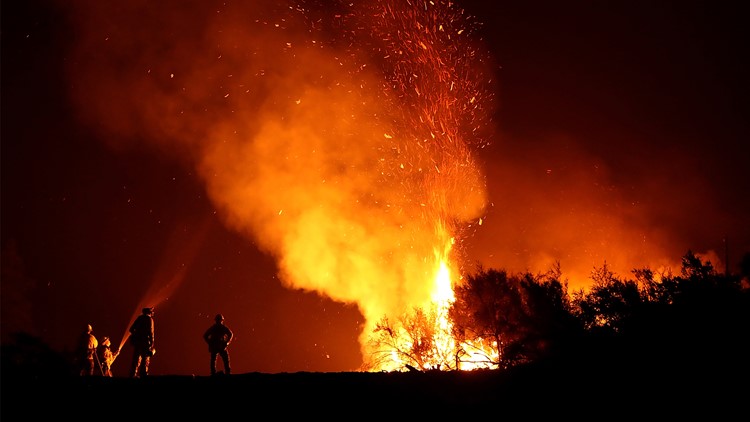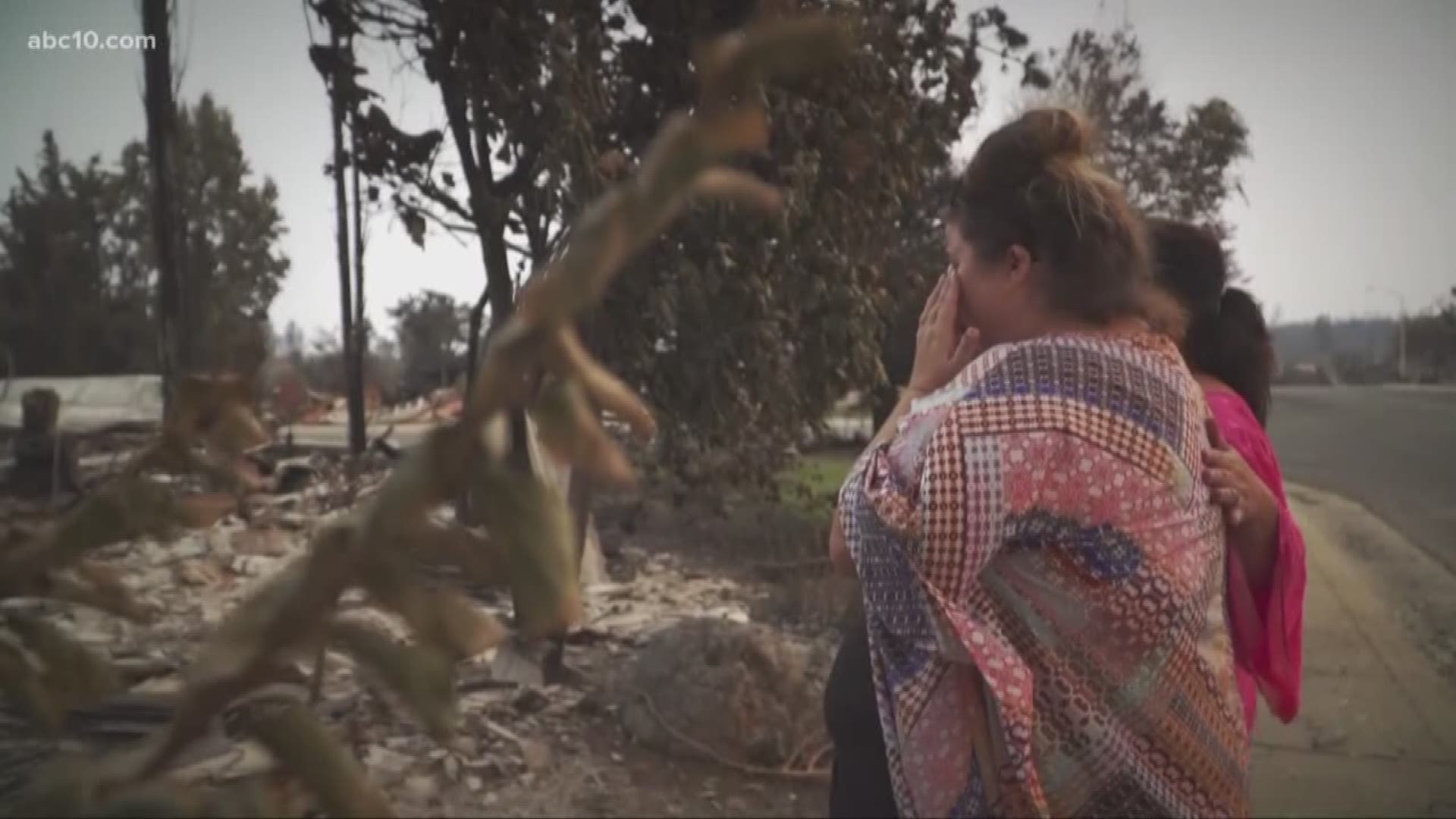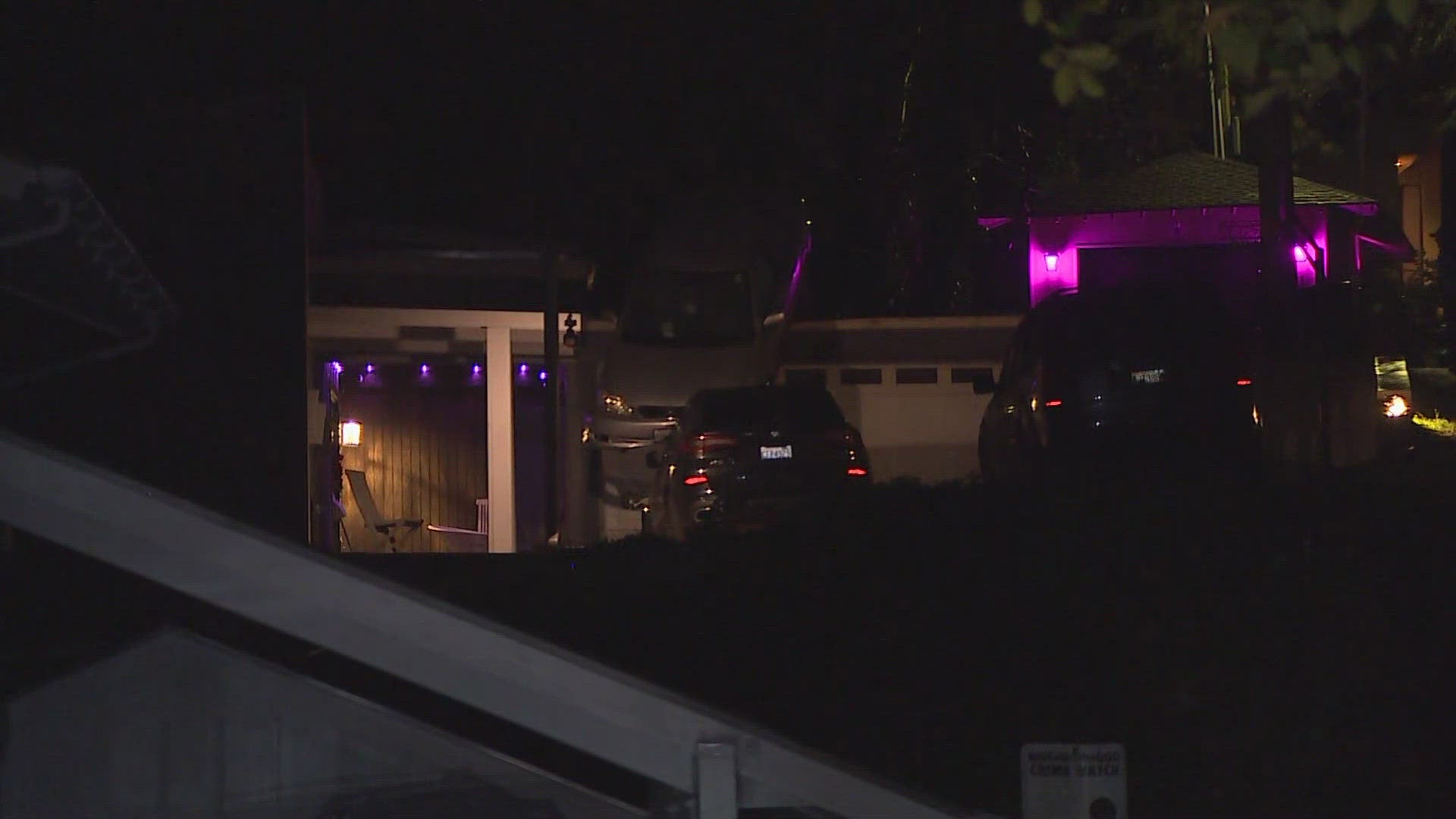It’s fire season in the West and that means an overflowing inbox for Daniel Berlant, assistant deputy director at Cal Fire.
The emails arrive frequently, always with the best of intentions. A common recommendation from Californians: Why not just set up a sophisticated sprinkler system throughout the state’s 101 million acres?
Recently, a resident suggested turning blimps into giant water balloons as a way to control blazes. Fill them up, drop them on wooded areas and soak the land. Easy, right?
They all mean well, Berlant said, and he’s happy residents are engaged. But those ideas aren’t realistic.
What is realistic: The blazes currently ripping up and down the western part of the United States are here to stay. Large chunks of the West are under siege from wildfires right now, in what many experts have deemed “the new normal."
Over the weekend, the Mendocino Complex Fire burning in Northern California nearly doubled in size, torching 454 square miles as of Aug. 7. That makes Mendocino the biggest fire in state history, already surpassing the Thomas Fire from December. It is only 34 percent contained.

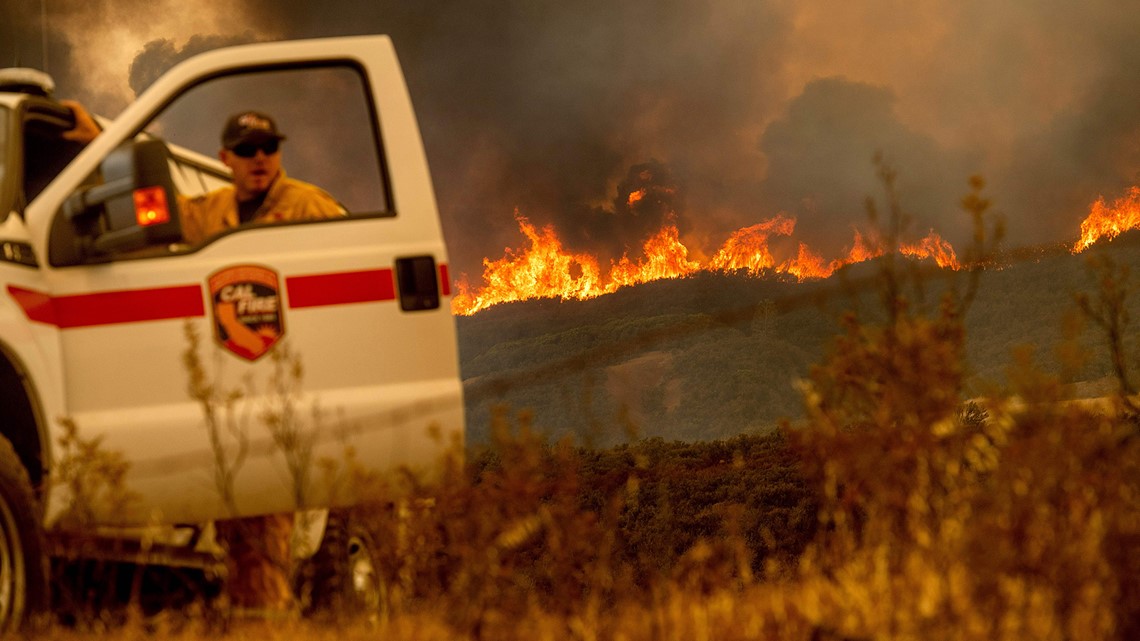
Cal Fire, the state agency responsible for protecting 31 million acres, currently has more than 14,000 firefighters on the frontlines battling 17 large wildfires that combine to cover more than 967 square miles. More than 34,000 residents are still evacuated.
Because of the scope, resources are pouring in from all over the world. Australia and New Zealand sent firefighters to help, and the U.S. Army has started firefighter training with plans to deploy soldiers across the country. Fire is ruining homes, businesses and vacations. All but one of Yosemite National Park’s entrances has been closed indefinitely as the Ferguson Fire rages on.
And it’s only August. Last year, the two biggest fires in California — both of historic proportion — didn’t spark until October and December. Agencies tasked with studying, preventing and suppressing fire now battle blazes year-round, along with two big questions: How did we get here? But more importantly, what does prevention look like in a new, and unprecedented, era of wildfire?
“We were standing in a neighborhood in Redding that was completely obliterated, and the chief and I were talking that this [destruction] was something you used to see every 10 to 12 years,” said Mike Mohler, deputy director at Cal Fire of the Carr fire, which sparked July 23. “It’s to the point that we’re seeing devastation almost on a monthly basis.
“It’s shocking. These types of fires going over 100,000 acres, that used to be unprecedented. That’s not the case anymore.”
Last October, the Tubbs Fire torched California’s wine country, killing 22 people and destroying 5,636 structures. It jumped Highway 101—a six-lane freeway—as it rolled through Santa Rosa, leaving unbelievable carnage in its wake. Decades ago, the US seemed to have solved the problem of burning cities. Today, anything seems possible, and any community seems vulnerable.
California isn’t alone. As of Aug. 7, 1.57 million acres across the US are currently on fire, according to the National Interagency Fire Center. Already this year, 5.27 million acres have burned.
In California, a six-year drought coupled with climate change and invasive grass species have created conditions once considered unimaginable. During the Carr fire, an F-3 tornado ripped through Redding during evacuations, creating a new kind of havoc.
“Wildfire is a competition of climate, people and ecosystems, and each one has complex interactions with non-linear results,” said LeRoy Westerling who has spent 19 years studying climate change and wildfires and currently works as the co-director for the Center for Climate Communication at UC Merced. “Put it all together, add in the extra heat, and you get really uncharacteristic, really dangerous fire behavior.”
A lot of it, too. According to Cal Fire, 14 of the largest 20 wildfires in California have occured since 2000. This isn’t normal, Westerling said, because “normal” isn’t on the table anymore.
“We can’t say, ‘This is what we’re going to see from now on,’ because the climate is still changing,” Westerling said. “No one alive today will have the experience of a stable climate system.”
That makes for some interesting, and scary, prospects.
Gone are the days of what the U.S. Forest Service liked to call the “10 a.m. fire,” when a blaze was reported, and crews worked to contain it by 10 a.m. the following day. Westerns now live with deadly wildfire in the way Oklahomans live with tornados and Floridians live with hurricanes. The difference: “There’s no more fire season,” Mohler said. “It’s fire year-round.”
Engineering, education, enforcement
Fire prevention and suppression is a complex system involving federal, state, local and private owned land. It’s easy to critique decisions from the past. In hindsight, we shouldn’t have used shake roofs (shingles made out of wood), and building in spaces especially susceptible to wildfire probably wasn’t wise either. But the urban sprawl ship has mostly sailed.
Different agencies are responsible for different areas; Cal Fire, for example, is responsible for only one third of California.
Vocabulary matters in this discussion, too. Say the word “prevention,” and you might think of Smokey Bear, the long-running campaign educating Americans on campfire safety.
But on a bigger scale, prevention refers to hazardous fuels reduction, which includes prescribed fires and mechanical thinning, efforts to lessen the number of dead trees and brush that litter the ground and act as kindling. There’s also fire mitigation, where agencies work with communities to reduce risk of severe damage from inevitable wildfires.
Cal Fire views prevention as a three-pronged attack: engineering, education and enforcement. Engineering refers to modifying the environment through actions like brush clearance and prescribed fires. Cal Fire’s goal, according to Berlant, is prescribed burns on 20,000 acres a year, plus mechanical fuel treatment on another 20,000.
It’s not enough. In May, Gov. Jerry Brown issued an executive order to improve protection from wildfires, setting a goal that 500,000 acres be treated and restored annually.
The federal government can relate to overwhelming numbers when it comes to land that needs some TLC: According to Jennifer Jones of the forest service, the agency has conducted hazardous fuels reduction treatments on two to three million acres over the last decade, but estimates that between 65 and 82 million acres still need restoration. At least one in three acres are in poor health.
The challenges of prevention
But how to pay for all this? Agencies across America are strapped for cash, and when faced with budget cuts, prevention is usually the first to go. Life-saving funding will always take precedent. There’s lots of glory—and money—for emergency helicopters, but considerably less for building codes.
Nationally, the USFS got a boost this spring when Congress passed the Omnibus bill, which provided an additional $40 million for hazardous fuels reduction. That should help stop “fire borrowing,” the practice of taking money set aside for prevention and using it instead for immediate suppression needs.
“These fires are not your grandfather’s fires,” said U.S. Sen Ron Wyden, D-Ore., one of the bills sponsors. “They’re bigger, they’re hotter, they’re more powerful.”
In California, lawmakers have tried a variety of tactics to fund wildfire prevention — some of them widely unpopular, like the fire prevention fee.
Initially approved during the 2011 California budget crisis, the fee charged up to $153 per habitable structure in rural areas at high risk for wildfires, which impacted approximately 800,000 property owners. The fee collected roughly $75 million a year, but was opposed by many from the outset.
Last July, California legislators passed Assembly Bill 398, the cap-and-trade program, which suspended the fire fee through 2031.
One of Gov. Brown’s signature pieces of legislation, the cap-and-trade program “essentially tripled our (prevention) spending” even without the fee, according to Berlant, partially because $200 million was allocated for Cal Fire prevention grants, up from $15 million just a few years ago.
“We’re infusing significant money into fire prevention projects in a way California has never seen,” Berlant said.

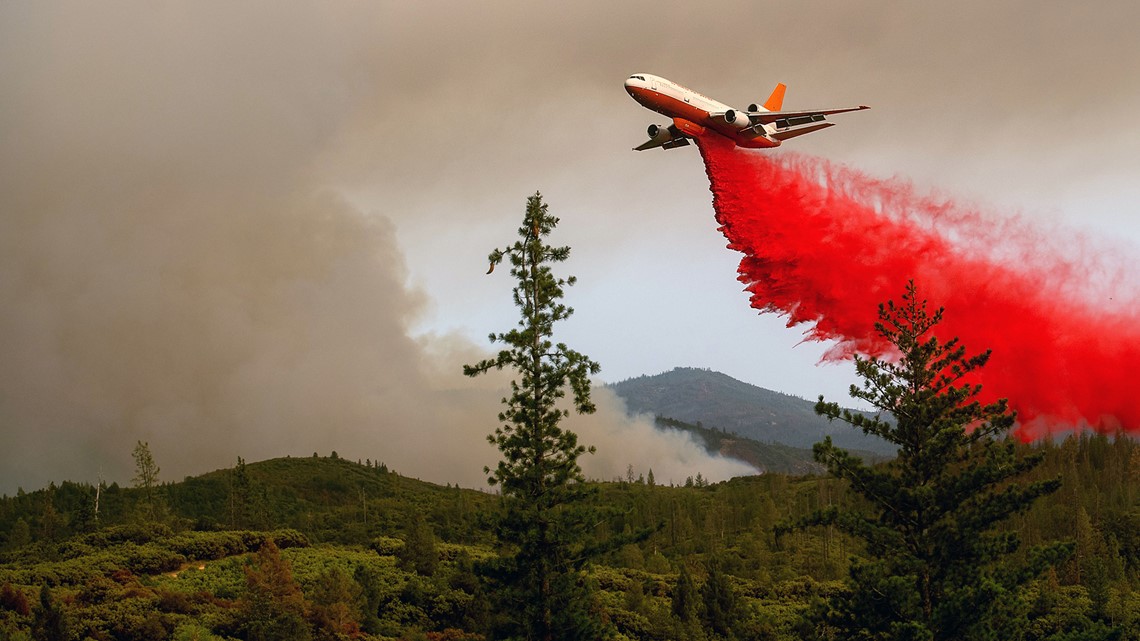
Colorado is, too.
After the 2010 Fourmile Canyon fire, which destroyed 169 homes, Boulder County launched the Wildfire Partners program, which works with residents to make their communities more fire adaptive.
It’s important, said Wildfire Partners program coordinator Jim Webster, to not tell someone, “If you had just done ‘X,’ your house would still be standing,” in the aftermath of a destructive fire. Because of wildfire’s unpredictable nature, there are no guarantees. But Webster stresses that if just one person takes mitigation steps, it often helps their neighbors. Slowly, communities become more resilient.
Wildlife Partners works with the private sector—mostly insurance companies—to save homes by “reducing ignition potential,” which often starts by creating a defensible space around the home. Most homes don’t ignite because of the giant flame you seen on TV, but because of embers, which can travel a mile ahead and fly through an open window. And instead of a mitigation assessment once every 20 years, Wildfire Partners checks in with residents multiple times a year, often re-certifying homes every two years.
“On TV, the common line you’ll hear is one person talking about being ‘lucky’ versus a neighbor who was ‘unlucky,’” Webster said. “That gives the impression that it was all based on a whim, but there’s science behind how homes ignite.”
Still, Webster acknowledges that the idea of fire-adaptive communities is something probably no one could have predicted.
“The sense of living with large fires with multi-million dollar losses, that wasn’t something people were talking about 50 years ago,” he said.
Fighting fire with fire
Part of the battle in the education component of fire prevention is fighting the perception that all fire is bad. Fire is actually good, and healthy for the environment—when it’s controlled. And that’s the rub.
“Prescribed burns are sort of like training a Grizzly Bear to dance,” said Stephen Pyne, a fire historian who teaches at Arizona State. “You can do it, but you never know when he could turn on you.”
And yet, Pyne said, the United States needs more prescribed burns. A lot of them.
The forest service started the practice of prescribed burns back in the late 1940s, though Native American communities had been burning their land centuries before it became en vogue with Western civilization. Setting fire to wooded areas helps clean out dead brush, can ward off invasive species and is often a crucial step in new vegetation growth. The federal government, the Nature Conservatory and many states perform prescribed burns. If you’re looking for an example of who does it particularly well, Pyne said, look to Florida.


The Sunshine State does prescribed burns on more than 2.1 million acres per year, more than five percent of its total 37.5 million acres. The USFS, by comparison, burned just 1.1 million of its 193 million acres in 2017, down from 1.4 acres in 2016.
California, as previously stated, tries to burn 20,000 acres per year.
“We’re really behind the curve,” said Sen. Ted Gaines (R-El Dorado Hills). “We have clogged forests, which combined with drought conditions, are creating a powder keg.”
The knock against government is that it moves at a glacial pace, a fair criticism, Gaines said, when it comes to the prescribed burn approval, which is partially determined by the California Environmental Quality Act, or CEQA.
Enacted in 1970 CEQA “requires state and local agencies to identify the significant environmental impacts of their actions and to avoid or mitigate those impacts, if feasible,” according to its website.
”It can take up to three years for Cal Fire to get approval—that’s outrageous when you consider the conditions we’re currently in,” Gaines said.
Cal Fire counterd and said six months to one year is more common for the approval process, but that still pales in comparison to Florida, where approval typically takes three to four minutes.
Pyne said initially, everyone assumed the west could simply adapt the southeast model. But that was never going to work because of differing ecosystems.
Florida’s humid climate — the rainy season runs May through October — helps keep burns mostly under control. California, with its already shoddy air quality, doesn’t have the same freedom.
“We just don’t have the same level of tolerance for it (out west),” Pyne said. “And if you lose a prescribed fire, your career is probably on the line.”
It only takes one good fire turning bad to scare everyone into halting the practice. In 2012, a prescribed burn in Colorado burst out of control, killing three people. After that, Colorado stopped prescribed burning for five years.
Jessica Gardetto at the National Interagency Fire Center said that as a society, we haven’t been able to grasp the idea that fire isn’t just good, but natural.
“I don’t know if ‘prevention,’ is the right word,” she said. “We’re up to over 100 years of active fire suppression. We removed it from the landscape when often, we should have let it run its course. All the ecosystems in the west, fire is part of it. But a lot of people don’t understand that.”
By the time agencies moved to restore it, fire had already decided to come back—mostly in the form of wildfire.

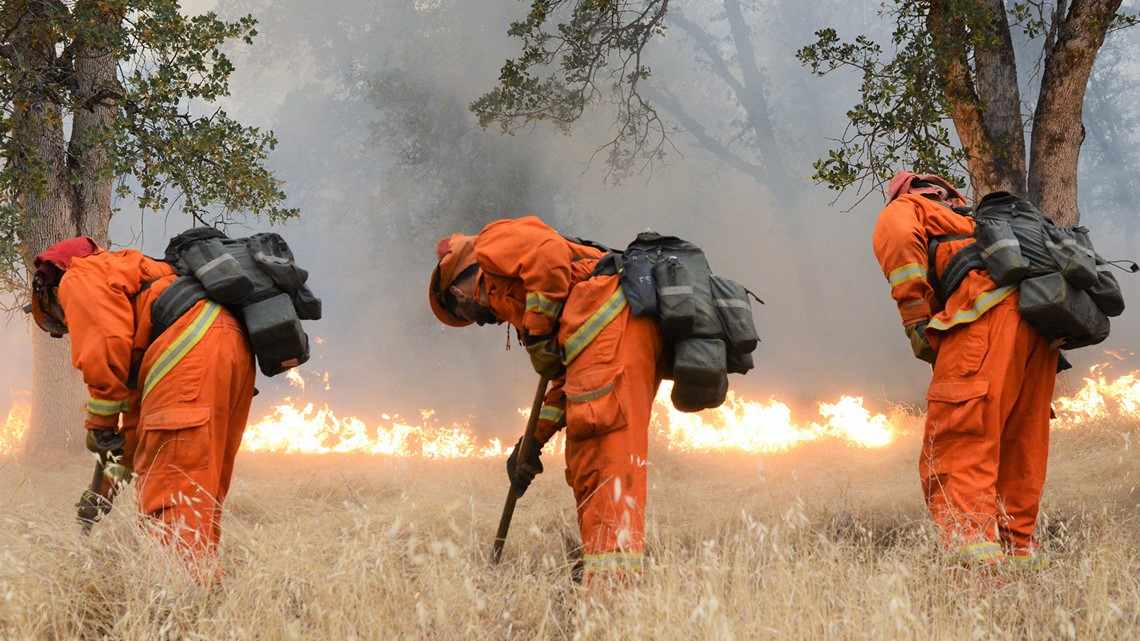
Preparation over panic
Mohler at Cal Fire knows it’s easy for residents in the west to look at a rapidly changing climate, feel the heat from megafires and panic. Fire knows no geographic, socioeconomic or political boundaries and right now, it’s destroying communities at an alarming rate.
This is normal now, he said—but it doesn’t mean it’s hopeless.
In the spring, California’s governor created the Forest Management Task Force, signaling he and the legislature recognize wildfire prevention is a serious problem that needs immediate attention.
Fear can jumpstart a lot of action, Mohler acknowledged, but preparation can help quell anxiety.
Mohler encourages everyone to log onto readyforwildfire.com and come up with a home evacuation plan and create defensible spaces around your home. Cal Fire will never have the resources to put a fire engine in every driveway but if individuals take on some of the responsibility for prevention, maybe they won’t have to.
“If people look at the Governor and his administration the support we have, they understand,” Mohler said. “We’ve been given additional resources to not only to educate the public, but to increase the pace and scale of prescribed fire, forest management and forest thinning. It’s not going to happen overnight, but there is light at the end of the tunnel.”
And not just the kind that glows because a forest went up in flames.


